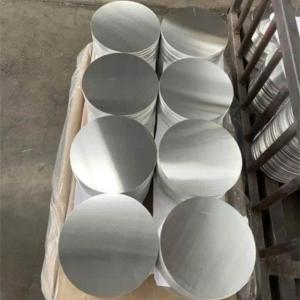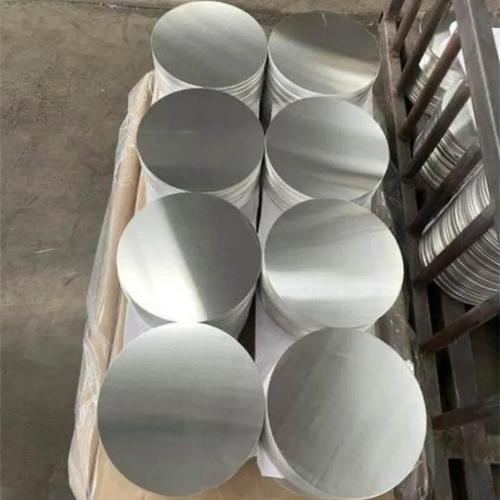Thickness 2mm-6mm 1050 1060 H12 H14 Aluminum Circles/Discs for Cookware Production
- Loading Port:
- Qingdao
- Payment Terms:
- TT OR LC
- Min Order Qty:
- 1 T
- Supply Capability:
- 2000 T/month
OKorder Service Pledge
OKorder Financial Service
You Might Also Like
Specification
Product Description
Aluminum circles are circular aluminum products processed from aluminum sheets or coils through stamping and shearing processes. As a semi-finished product, aluminum circles are widely used across various industries due to their excellent physical and chemical properties. In addition to cookware manufacturing, aluminum circles are extensively applied in electronics, chemicals, communications, construction, decoration, and packaging industries.
MC Aluminum specializes in the production of 1050 / 1060 aluminum circles tailored for the cookware industry. These high-quality aluminum circles are widely used in the production of pots, bowls, ladles, and pans, gaining trust from domestic and international customers for their outstanding performance and reliable quality.
Specifications:
Grade | 1000 3000 5000 6000 8000 Series |
Temper | O, H12, H16, H18, H22, H24, H26, T3-T8 |
Shape | Flat round |
Thickness | 2-6mm |
Width | 500-2800mm |
Tolerance | ±1% |
Surface treatment | coating |
Country of origin | Zhengzhou |
| Processing Services | Bending, uncoiling, welding, punching, cutting |
MOQ | 1-3 tons |
Product Advantages
1.High Corrosion Resistance: Aluminum naturally possesses excellent corrosion resistance, making it less susceptible to moisture or acidic and alkaline components in food, thereby extending cookware lifespan.
Good Formability: Aluminum circles are easy to process and can be precisely shaped through die casting and stamping to meet various cookware design requirements.
2.Excellent Thermal Conductivity: 1060 aluminum alloy has high thermal conductivity, ensuring even heat distribution, preventing food from burning due to overheating.
3.Lightweight: Aluminum is inherently lightweight, making cookware durable and easy to handle.
4.Environmental protection: Aluminum is a recyclable material that meets modern environmental standards, enhancing the market competitiveness of products made from it.
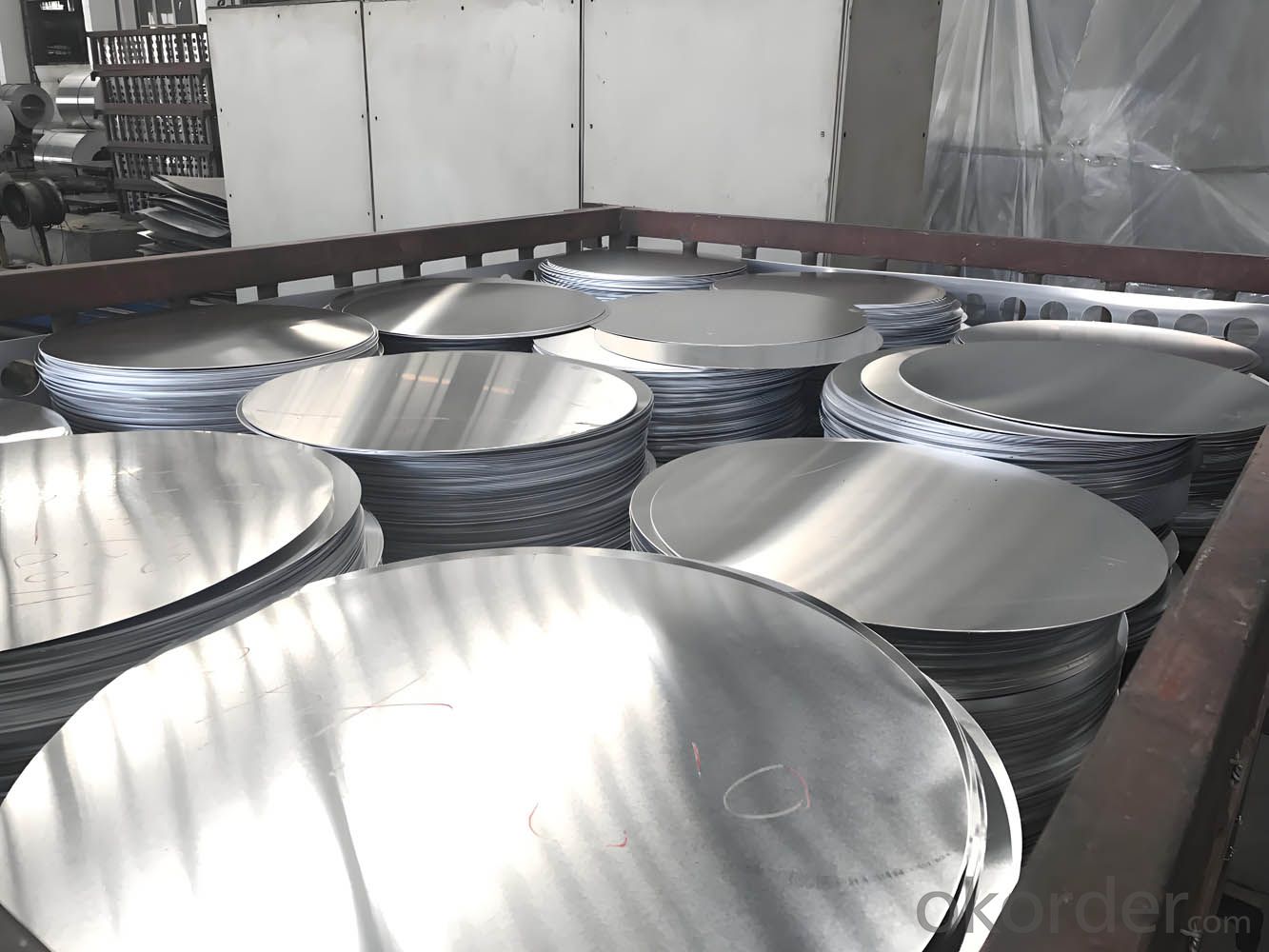
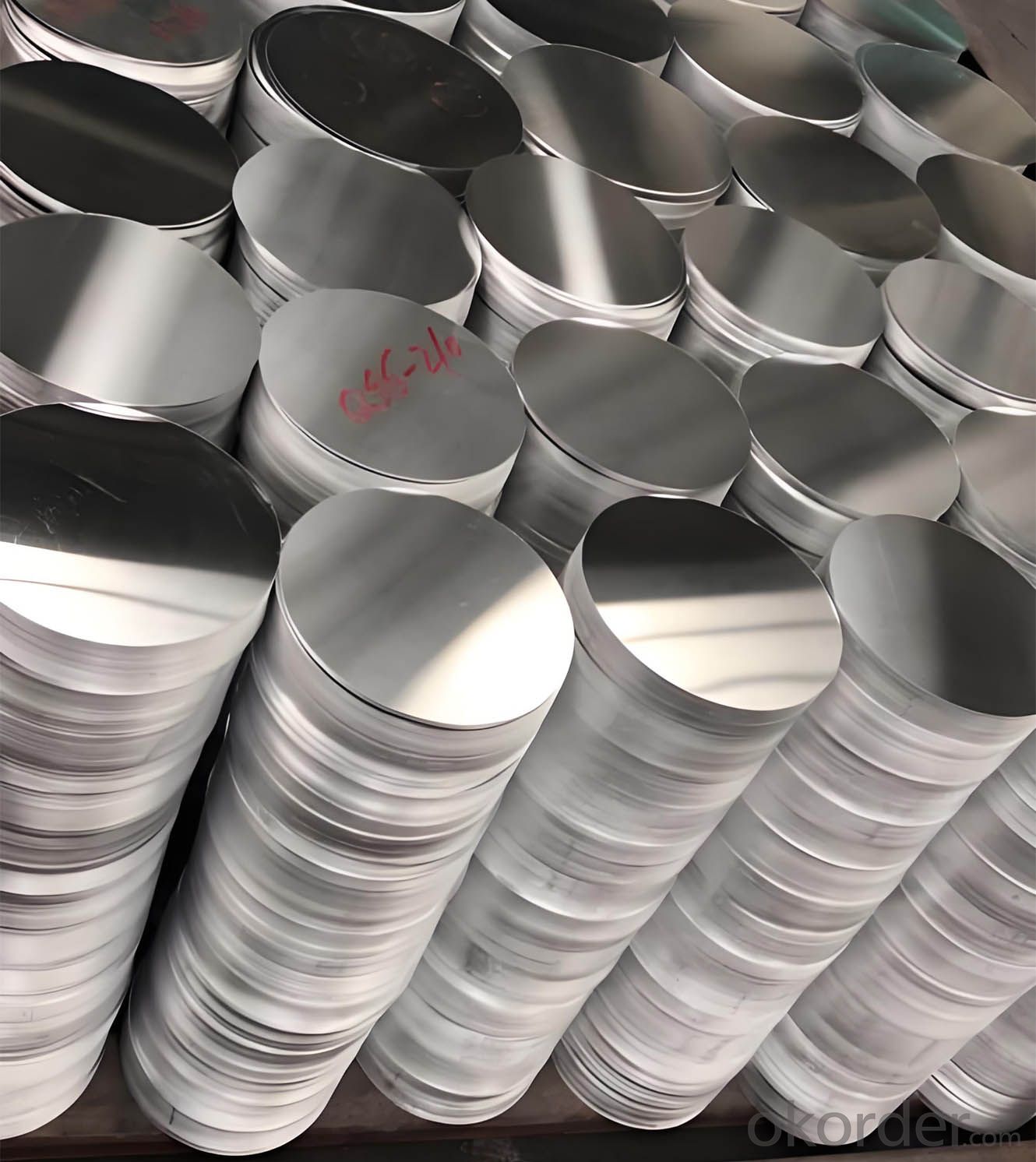
About MC Aluminum
Founded in 2005, MC Aluminum is a modern aluminum processing enterprise integrating R&D, production, and sales. The company boasts advanced production equipment and a comprehensive quality management system. Our products are exported to Europe, the United States, Southeast Asia, and other regions. We are committed to a customer-centric approach, ensuring quality and reliability while continuously striving for innovation and excellence in service.
Application
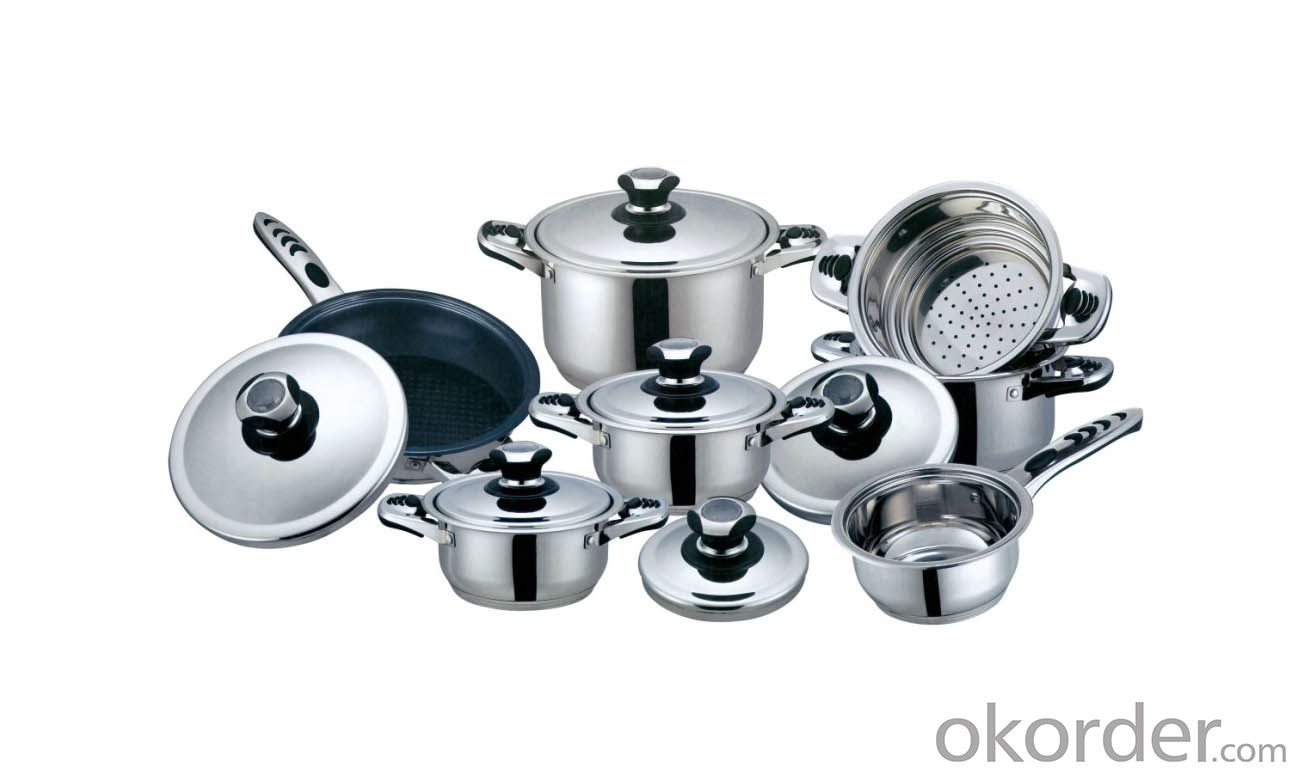
Packaging & Shipping
Packaging: Wooden pallets or iron racks to ensure product integrity during transportation.
Customization: Custom packaging available upon request.
Shipping Methods: Supports sea, air, and land transportation.
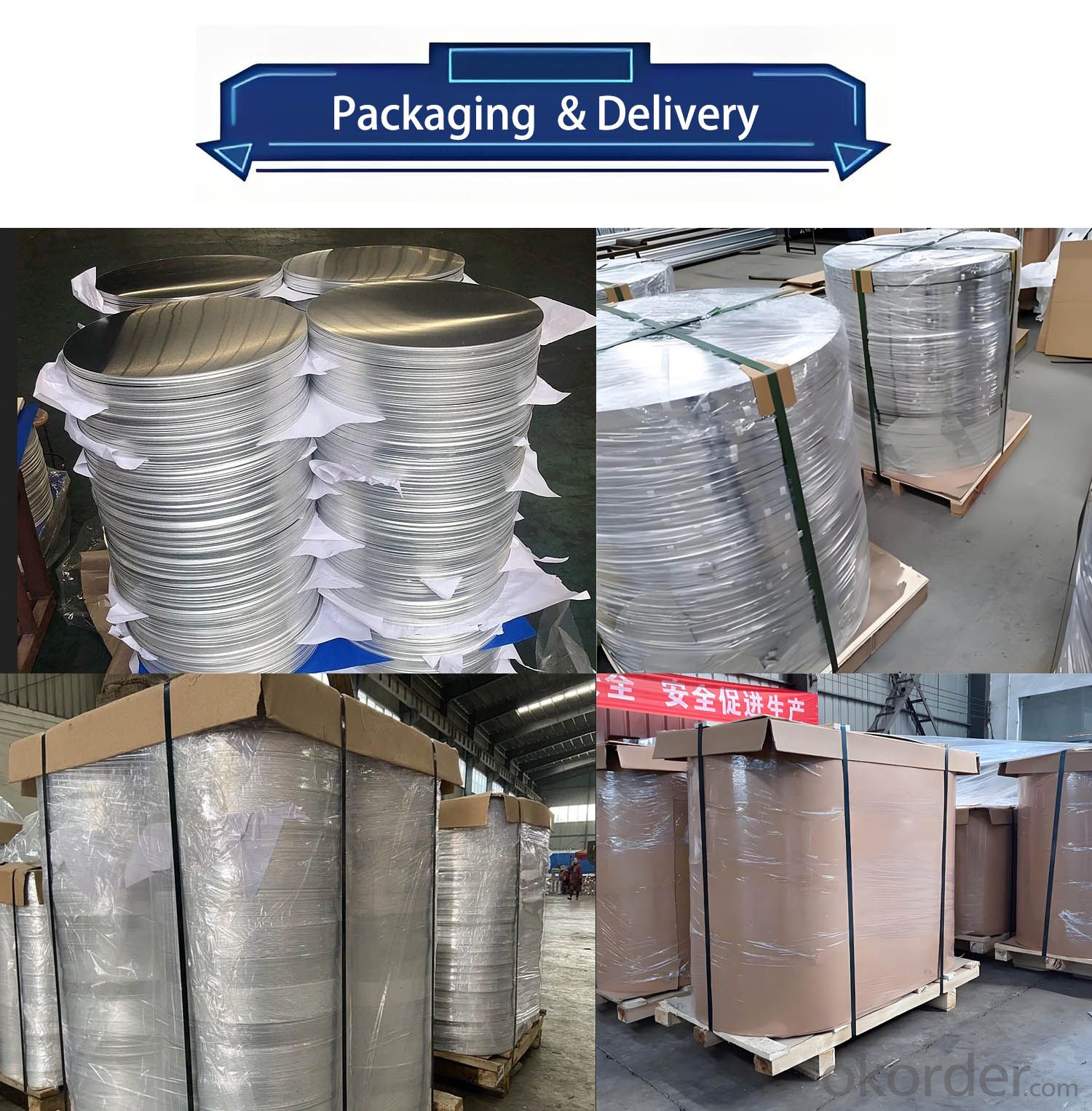
FAQ
Q: What is your minimum order quantity (MOQ)?
A: We support small trial orders; please contact customer service for specific MOQ details.
Q: Can you provide samples?
A: Yes, we offer free samples, but customers need to bear the shipping costs.
Q: What is your delivery time?
A: The standard lead time is 15-20 days, depending on the order quantity.
Q: Do your products comply with environmental standards?
A: Yes, our products meet international environmental standards, and relevant test reports can be provided.
Q: Is aluminum cookware harmful to the human body?
A: Under normal usage conditions, aluminum cookware is safe. However, it is recommended to avoid prolonged storage of acidic or alkaline foods in aluminum cookware.
- Q: What is the advantage of the aluminum mine in the Yangtze River than other aluminum products?
- I am familiar with Nanshan material, no matter whose products have their respective advantages and disadvantages.
- Q: This question asks about the chemical reactions of aluminum with acids and alkalis under various conditions.
- <p>Aluminum reacts differently with acids and alkalis depending on the specific environment. In the presence of acids, such as hydrochloric or sulfuric acid, aluminum undergoes a redox reaction where it loses electrons and forms aluminum ions (Al^3+). The reaction can be represented as: 2Al + 6HCl 鈫?2AlCl鈧?+ 3H鈧? With alkalis, aluminum reacts to form aluminate ions and hydrogen gas. This reaction is represented as: 2Al + 2NaOH + 6H鈧侽 鈫?2NaAl(OH)鈧?+ 3H鈧? The rate of these reactions can be influenced by factors such as temperature, concentration, and the presence of catalysts.</p>
- Q: Explain how the use of aluminum contributes to global warming in a few sentences.
- <p>The use of aluminum significantly affects global warming due to the energy-intensive process required to extract it from bauxite ore. The production of aluminum releases large amounts of greenhouse gases, particularly carbon dioxide, which contribute to global warming. Additionally, the electricity used in aluminum production often comes from fossil fuels, further exacerbating the issue. Moreover, aluminum is lightweight and durable, leading to increased demand, which in turn drives up production and emissions. The recycling of aluminum is crucial to mitigate its environmental impact, as it requires only 5% of the energy needed for primary production, significantly reducing carbon emissions.</p>
- Q: This question asks about the chemical reaction between aluminum and elements in the halogen group.
- <p>Aluminum reacts with halogens to form aluminum halides. The reaction is typically exothermic and can be represented by the general equation: 2Al + 3X2 鈫?2AlX3, where X represents a halogen (fluorine, chlorine, bromine, iodine, or astatine). For example, when aluminum reacts with chlorine, it forms aluminum chloride (AlCl3). The reaction is often initiated by heating the aluminum, which is then rapidly oxidized by the halogen. This process is used industrially to produce aluminum halides, which are important in various chemical applications.</p>
- Q: Is it possible to utilize aluminum in the construction of automobiles?
- <p>Yes, aluminum is widely used in automobiles due to its lightweight and high strength properties. It is commonly found in engine components, body panels, and wheels. Aluminum helps reduce the overall weight of the vehicle, which can improve fuel efficiency and reduce emissions. Additionally, it is resistant to corrosion and can be easily recycled, making it an environmentally friendly choice.</p>
- Q: Describe the characteristics and properties of aluminum oxide.
- <p>Aluminum oxide, also known as alumina, is a compound of aluminum and oxygen with the chemical formula Al2O3. It is a white solid that is insoluble in water but soluble in acid and base. It has a high melting point (over 2000掳C), high hardness, and is chemically inert. Aluminum oxide is also a good electrical insulator and has a high refractive index. It is used in various applications, including abrasives, refractory materials, and as a catalyst in chemical processes. Additionally, it is biocompatible and is used in medical implants and dental materials.</p>
- Q: This question seeks to understand the impact of aluminum exposure on human health, including potential risks and consequences.
- <p>Aluminum is a common element found in the environment, and while it is generally considered safe, there are concerns about its health effects on humans. High levels of aluminum exposure have been linked to neurological disorders, particularly Alzheimer's disease, although the relationship is not definitively proven. Aluminum can also cause bone diseases and anemia, as it can interfere with the absorption of calcium and iron. Long-term exposure to high levels of aluminum may lead to cognitive dysfunction and memory loss. However, the everyday exposure to aluminum from food, water, and medications is considered safe by health authorities, and there is no need for alarm in normal circumstances.</p>
- Q: This question asks about the process of producing aluminum, a common metal known for its lightweight and corrosion resistance.
- <p>Aluminum is made through a process called electrolysis. The primary source of aluminum is bauxite ore, which is first refined to produce aluminum oxide. This aluminum oxide is then dissolved in a molten cryolite bath and subjected to electrolysis. A large electric current is passed through the bath, causing the aluminum oxide to break down into aluminum metal and oxygen gas. The aluminum metal sinks to the bottom of the cell and is then tapped off and further processed. This process, known as the Hall-H茅roult process, is the predominant method for producing aluminum on an industrial scale.</p>
- Q: Describe the process of manufacturing aluminum from its raw materials to the final product.
- <p>The manufacturing process of aluminum involves several key steps. Initially, bauxite ore, the primary source of aluminum, is mined. The ore is then crushed and washed to remove impurities. Next, the bauxite is processed through the Bayer process, which involves digestion in a caustic soda solution to produce a solution of sodium aluminate. This solution is then seeded with aluminum hydroxide, causing crystals to form, which are then filtered out, washed, and calcined to produce aluminum oxide, also known as alumina. Finally, in the Hall-H茅roult process, alumina is dissolved in a cryolite bath and electrolyzed to extract pure aluminum. This process involves passing an electric current through the bath, causing aluminum ions to be reduced and collected at the cathode as molten aluminum, which is then tapped off and cast into various forms for use in manufacturing.</p>
- Q: Is it safe to utilize aluminum cookware in a microwave oven, considering potential hazards or damage?
- <p>Using aluminum pots and pans in a microwave oven is not recommended. Aluminum can cause sparks and potentially start a fire, as microwaves can reflect off metal surfaces and damage the microwave. Additionally, aluminum may not distribute heat evenly, leading to uneven cooking. It's safer to use microwave-safe cookware, such as glass or ceramic dishes, which are designed to withstand microwave heating without risk.</p>
Send your message to us
Thickness 2mm-6mm 1050 1060 H12 H14 Aluminum Circles/Discs for Cookware Production
- Loading Port:
- Qingdao
- Payment Terms:
- TT OR LC
- Min Order Qty:
- 1 T
- Supply Capability:
- 2000 T/month
OKorder Service Pledge
OKorder Financial Service
Similar products
Hot products
